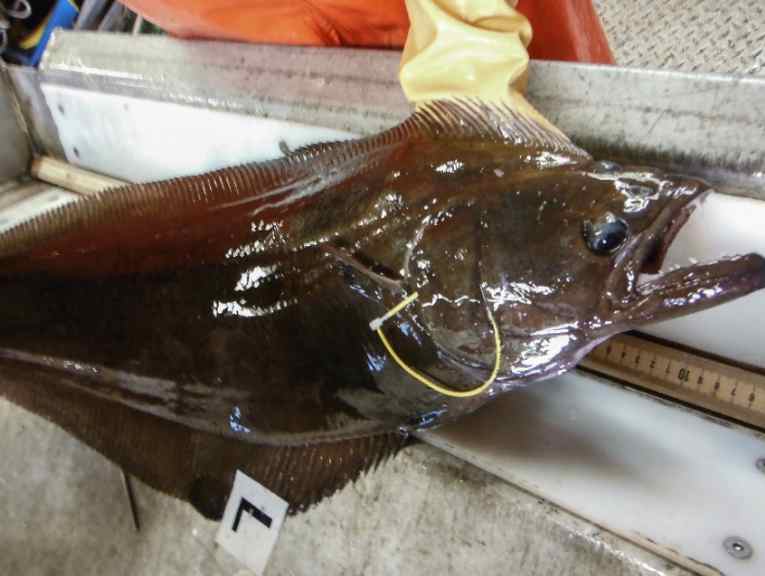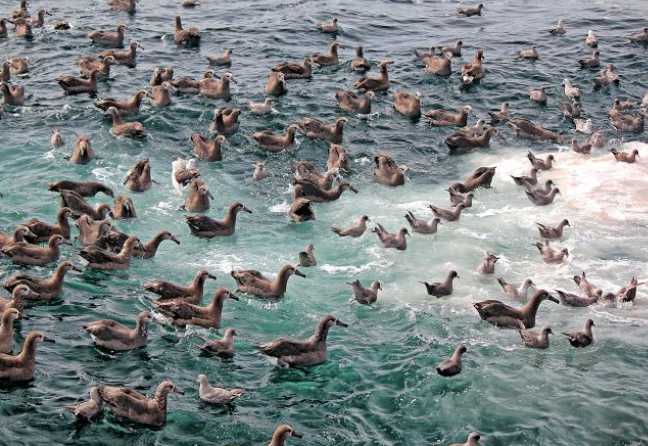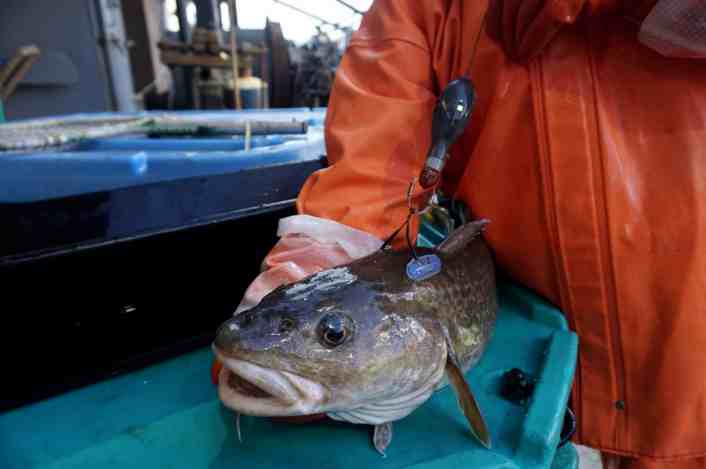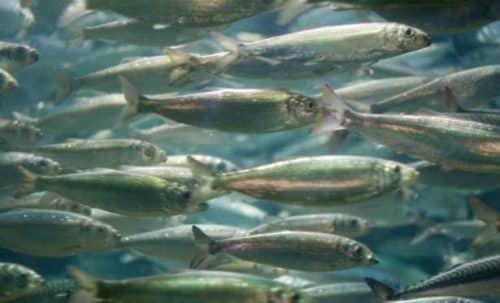This innovative modeling approach considers links between environmental variables and local habitat impacts on overall fish productivity.
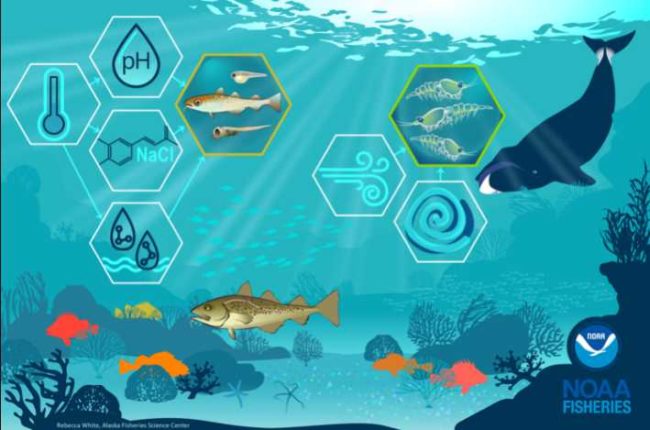
In countries like the United States, scientists and resource managers have been successfully ensuring the sustainability of commercial, recreational, and subsistence fisheries primarily by managing catch levels.
However, with changing environment conditions and fish stock movements due to climate change, a group of scientists in the new ICES Journal of Marine Science paper stress the importance of factoring in the role of habitat in fish stock productivity.
Habitat value—the connections between environmental variables and how they affect different stages of fish development—and habitat impacts are both important.
“Historically we have thought about stock assessment science and habitat science separately. This needs to change,” said James Thorson, senior scientist and program leader of Habitat and Ecological Processes Research at the Alaska Fisheries Science Center and lead author for the paper.
Habitat science needs to move beyond just describing habitat-specific distribution, fish density, demography, and benthic community recovery. Stock assessment science primarily focuses on catch removals, and this affects the number of fish that are left to reproduce and the number of young fish that are born in the future (stock productivity). The scope of stock assessment science needs to broaden to also consider the role of habitat and how changes in habitat may affect fish productivity.
“We need to develop new approaches to better integrate these two disciplines,” said Thorson.
The Grand Habitat Challenge—Develop Biomass-Dynamic Habitat Models
Thorson and his colleagues see the marriage of habitat and biomass models as an important step forward in improving fish stock assessment science and more effective management measures. They recognize that accomplishing this will be a big task. It will require, among other things, more sophisticated habitat data. Specifically, they suggest the need to identify prevailing biological and environmental conditions for habitats at specific locations. They also identified three challenges to overcome to learn more about the role of habitat in supporting fish stock productivity.
- Stage-structured responses to habitat impacts.
- Non-local responses.
- Connections between environmental variables that make up fish habitat (e.g., temperature and seafloor structure).
In taking into consideration stage-structure responses, scientists would better account for variability in growth rates as a fish develops from egg, to larvae, to juvenile, to adult.
Typically, fish metabolism and growth rate is higher when fish are young and slows down as they reach maturity.
Currently when determining habitat protections, scientists and resource managers typically account for habitat impacts at each life stage of a fish separately. They often do not account for the in-between time as a fish is transitioning from one stage of development to the next, nor do they consider the cumulative impacts across life stages.
Scientists also need to account for non-local responses. In other words, they need to recognize that habitat changes in one location can affect productivity in distant locations. For example, bowhead whales in the Chukchi Sea prey on euphausiids (krill) that grow in the Bering Sea and are transferred advected northward. Thus, bowhead distribution is affected by environmental conditions that affect their food. They are found in the locations where the current and wind transport the krill.
Another important consideration for scientists is understanding both the relationships between environmental variables and how these relationships affect fish development and growth.
Any number of environmental conditions may contribute to defining fish habitat, including water temperature, pH, salinity, seafloor type, etc. For example, many demersal fish are associated with a range of seafloor depths. This pattern could be due to a preference for a specific light level, temperature preference, or other environmental condition. Thus, predicting the likely consequences of changing temperature (due to climate change) or light levels (due to increased suspended sediment associated with coastal development) requires understanding both the impact of each habitat variable on population productivity (“direct effects”), and also the impact of each habitat variable on other habitat variables (“indirect effects”).
“To improve the predictive capabilities of the models, it’s really important to also have feedback mechanisms in place between the models and the data collection and supporting process research,” said Thorson.
This is important because each type of research informs the other. For example, field biologists measure the length and weight and determine the sex of all fish caught in their research surveys. They, in turn, provide this “raw” data to other scientists who analyze and process it. From this, some critical information can be determined and put into the models. This includes fish growth rates, average size-at-age, and variability in these conditions between the different areas where the fish are found. Modelers, like Thorson, can then use this “intrinsic growth rate” as a proxy for comparing habitat quality across different habitats and species.
“It’s exciting to see new modelling approaches and new tools like this being developed by our scientists and applied to improve management. They allow us to extend the capabilities of our data collection, processing, and analysis research,” said Robert Foy, Alaska Fisheries Science Center Director. “In turn, the strength of these models lies in continuing to have good data from fisheries surveys, research projects, and process and analysis studies to support them.”
What’s Next?
The next step to begin to develop these models is to expand habitat data collection efforts. Specifically, modelers need habitat-monitoring data to measure aggregate or stage-specific abundance, tagging data to measure fish and marine mammal movement and non-local impacts, and additional processing studies to identify likely mechanisms that are influencing habitat quality and stage-specific growth rates.
“Advancing our stock assessment and predictive capabilities are particularly critical as we face new challenges due to climate change as many fish and marine mammal species are shifting their distributions,” said Thorson. “We need this information to ensure continued fisheries sustainability and protect marine mammal populations.”
Source: NOAA Fisheries



